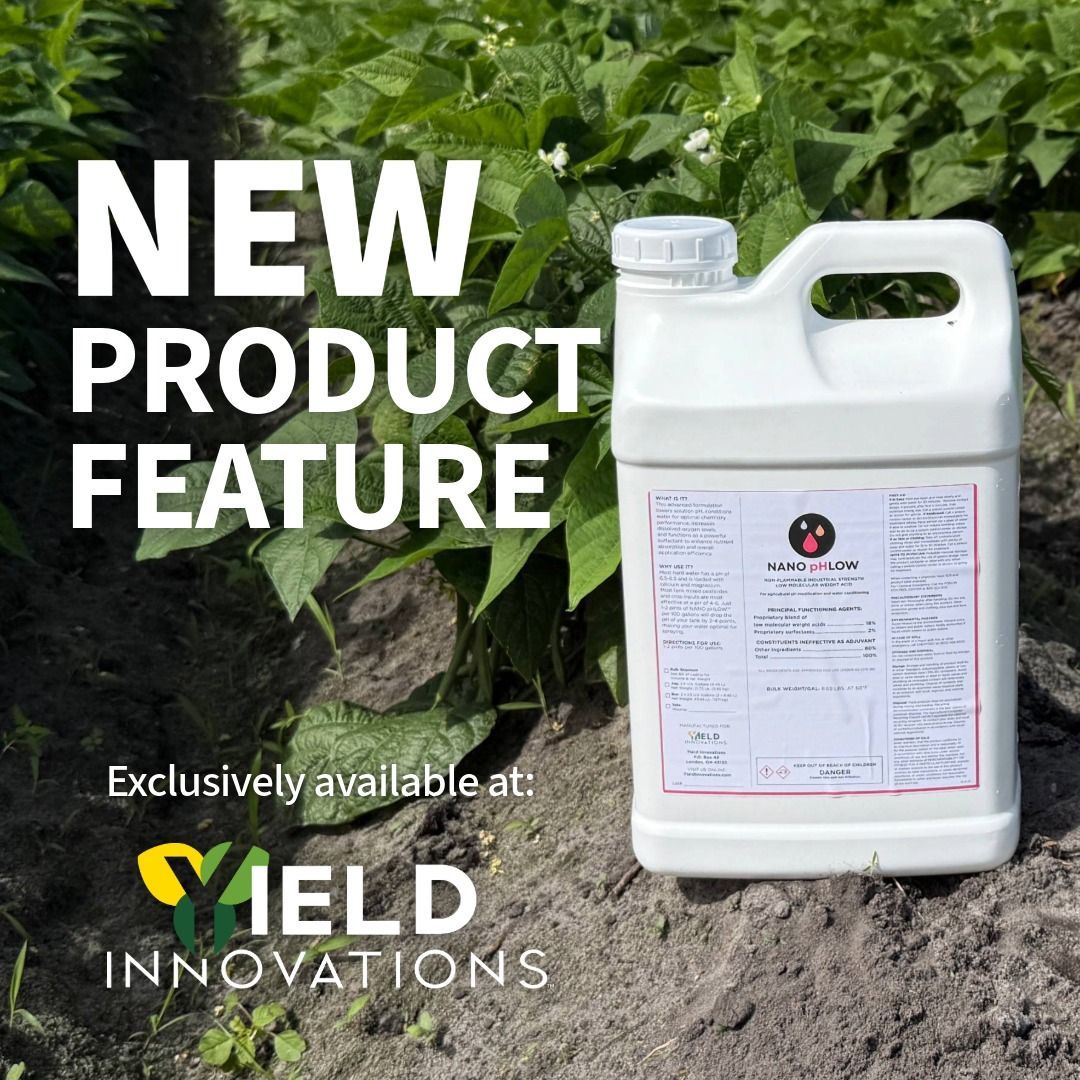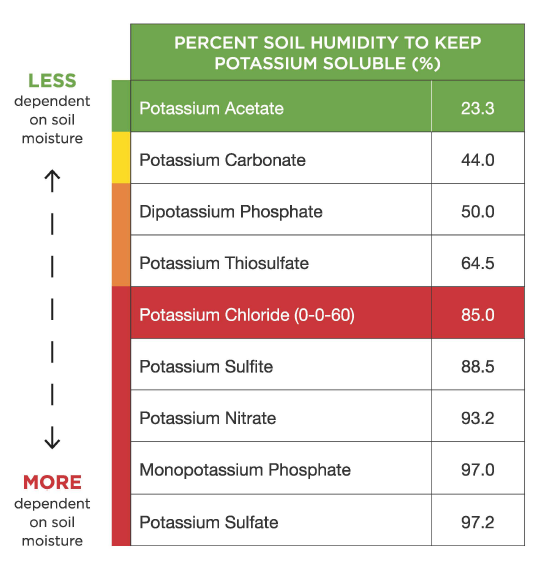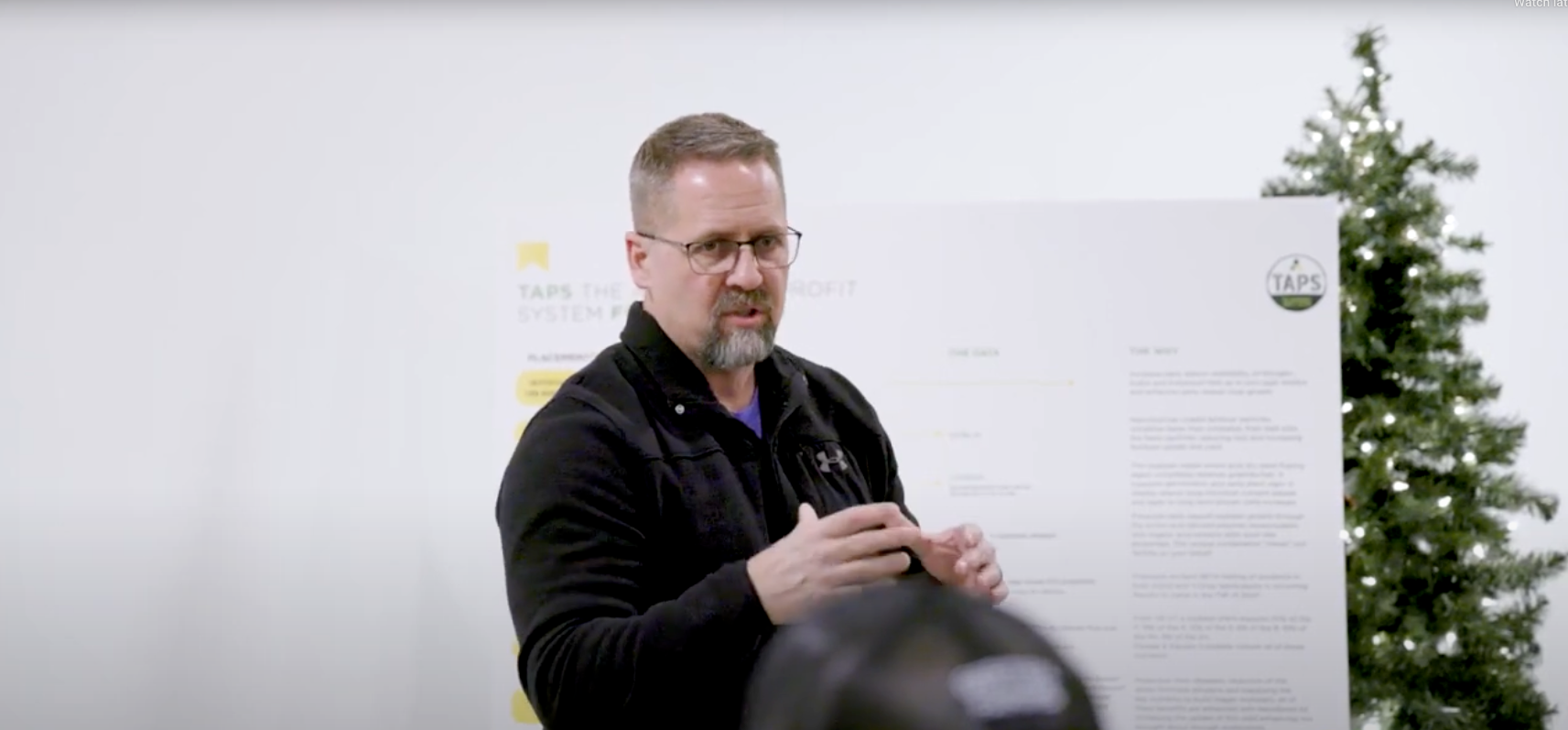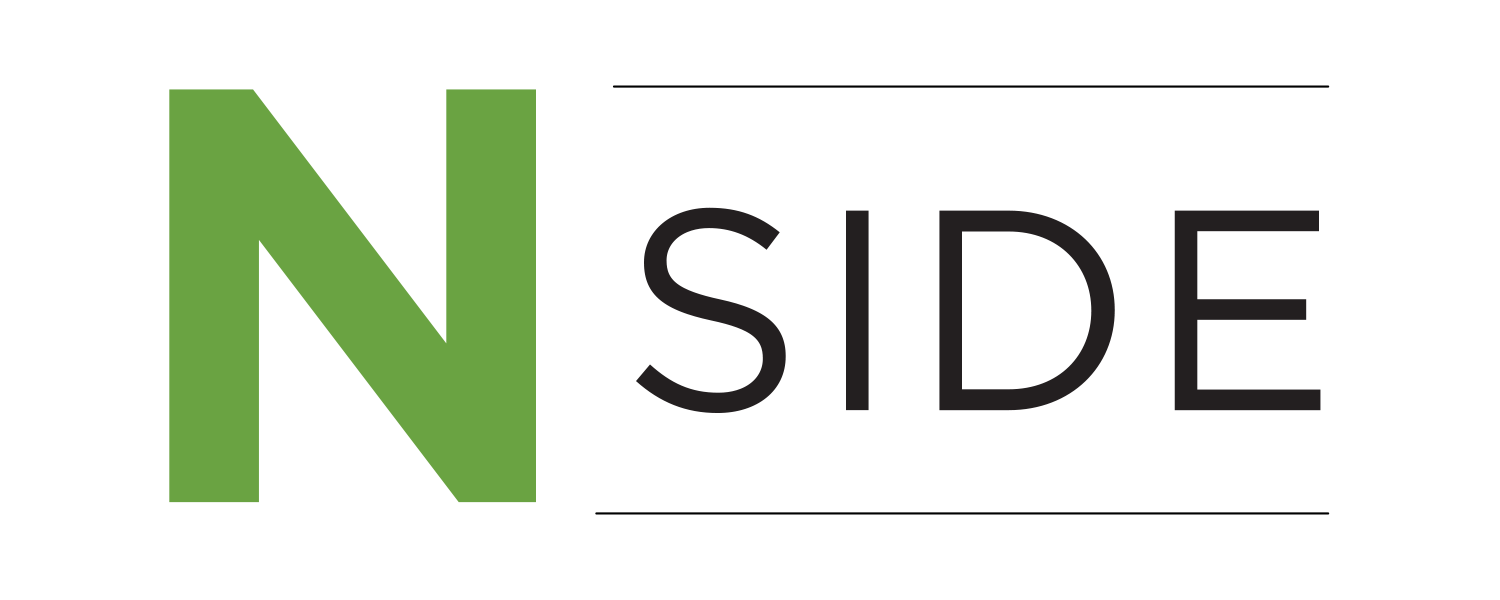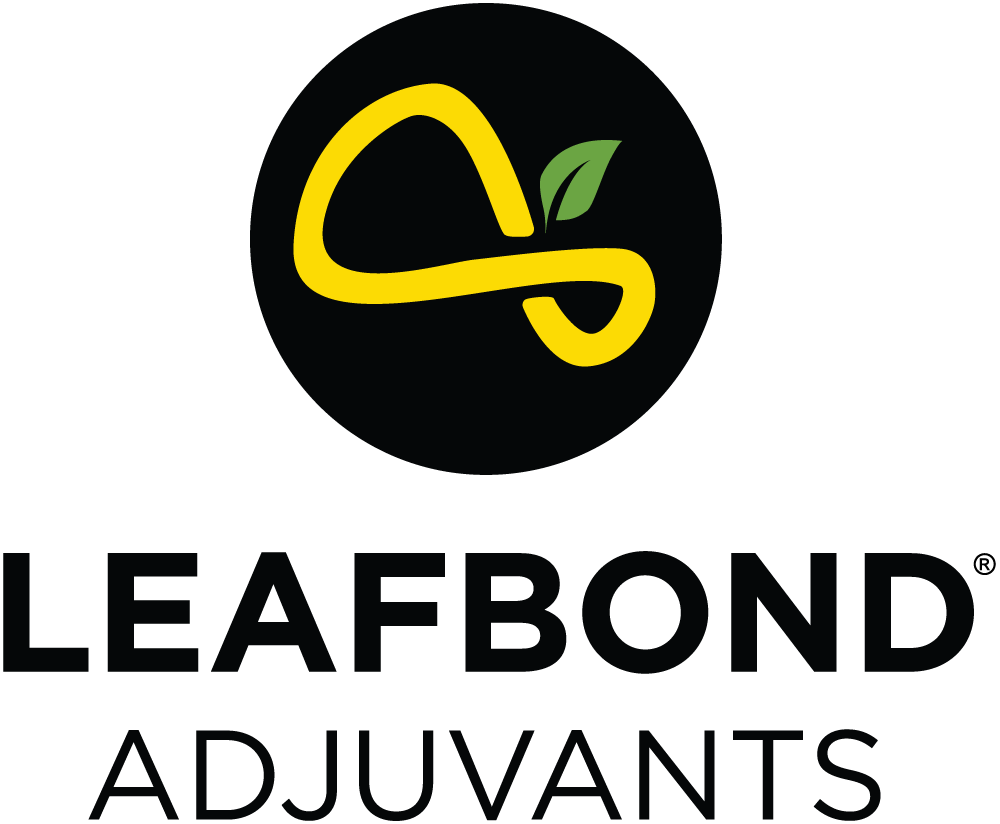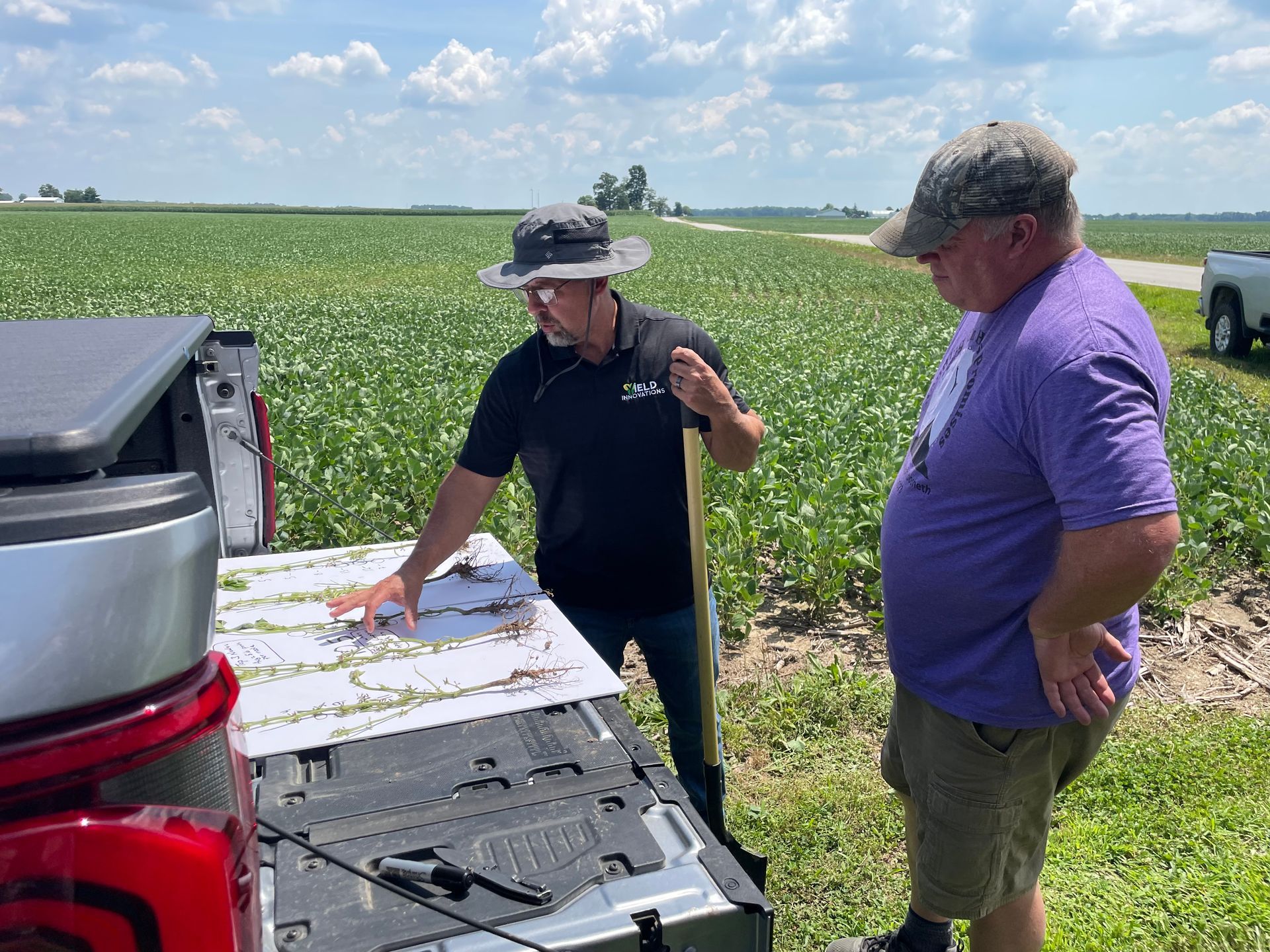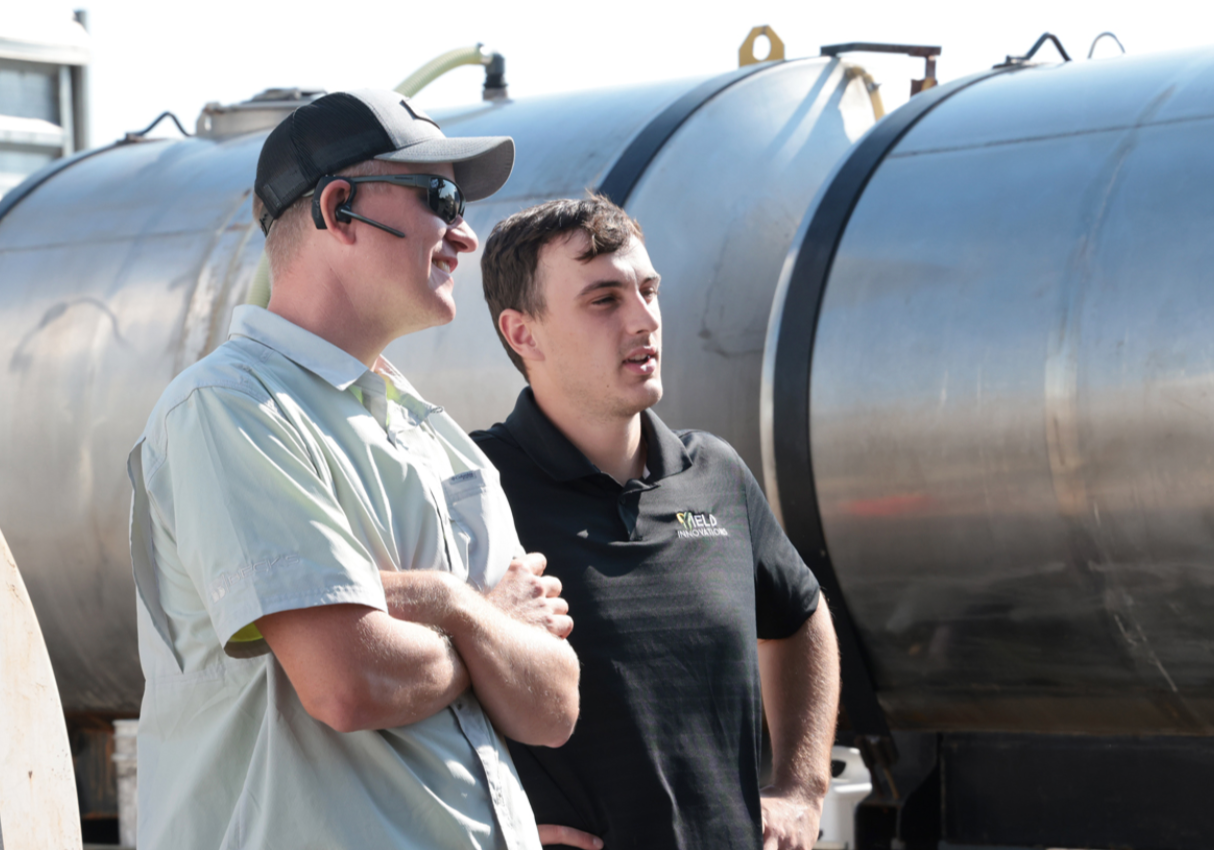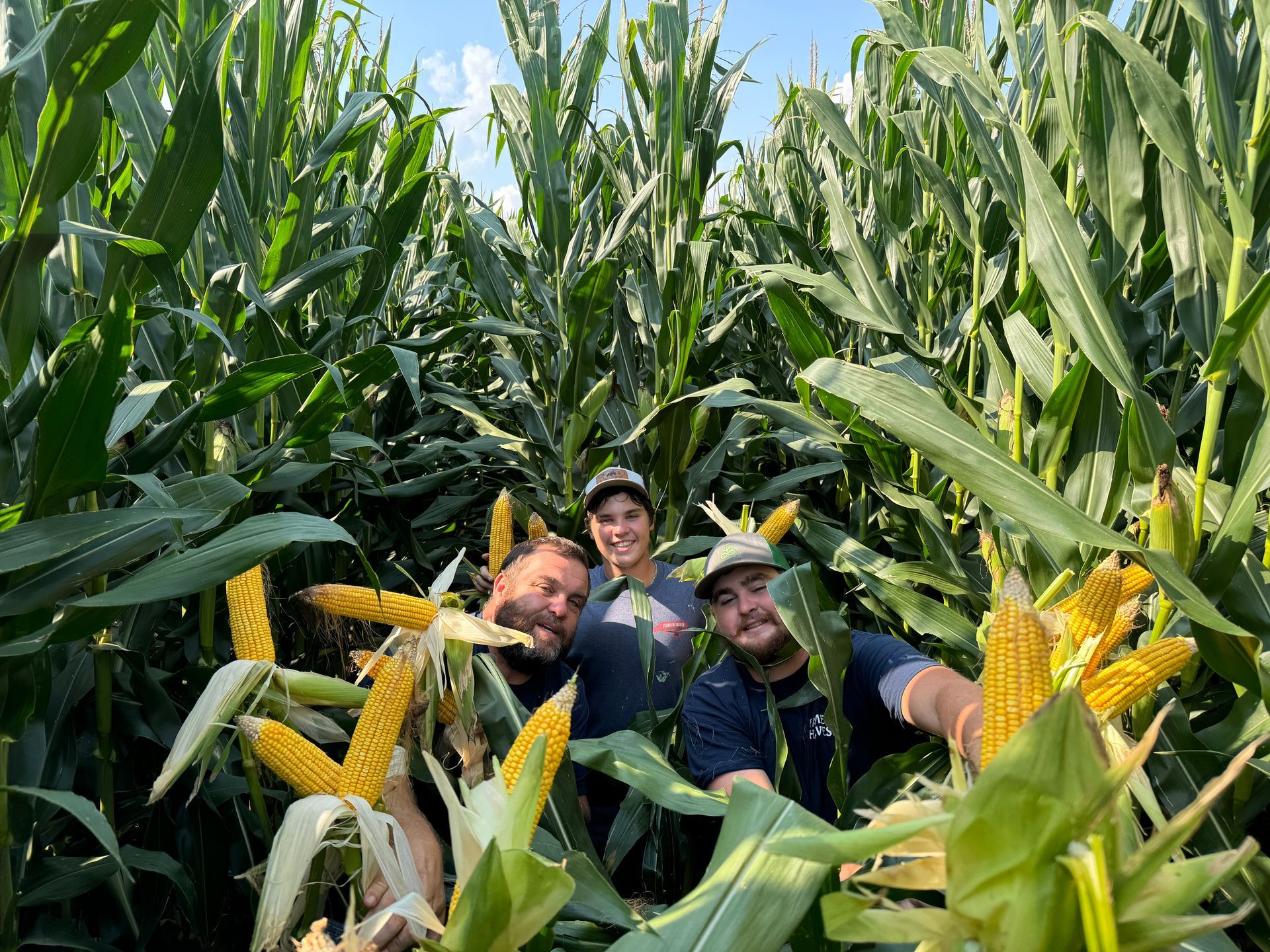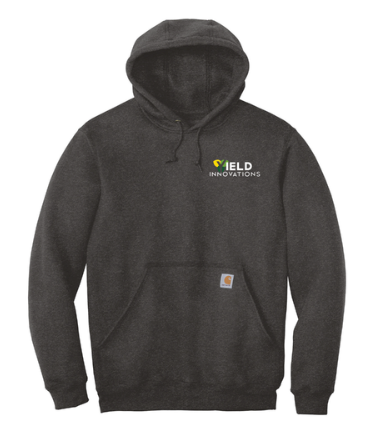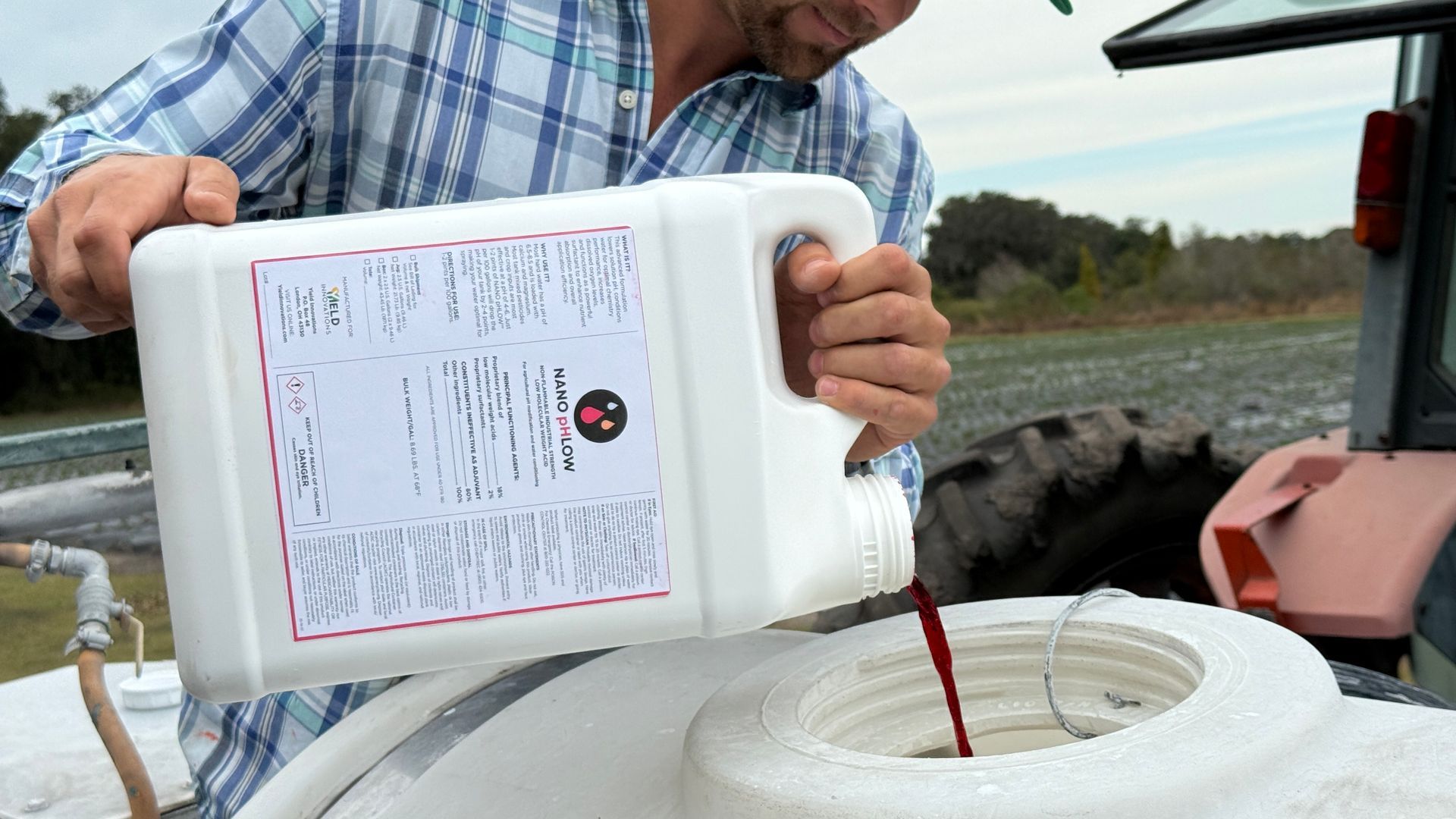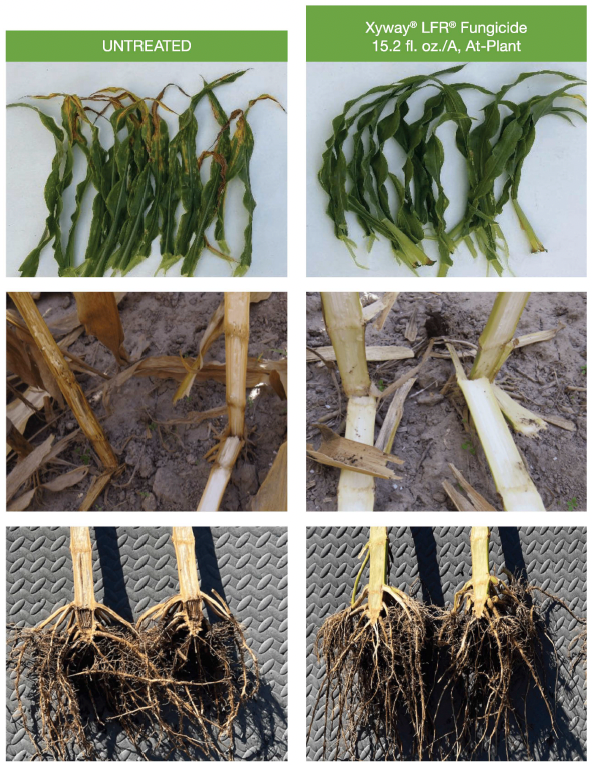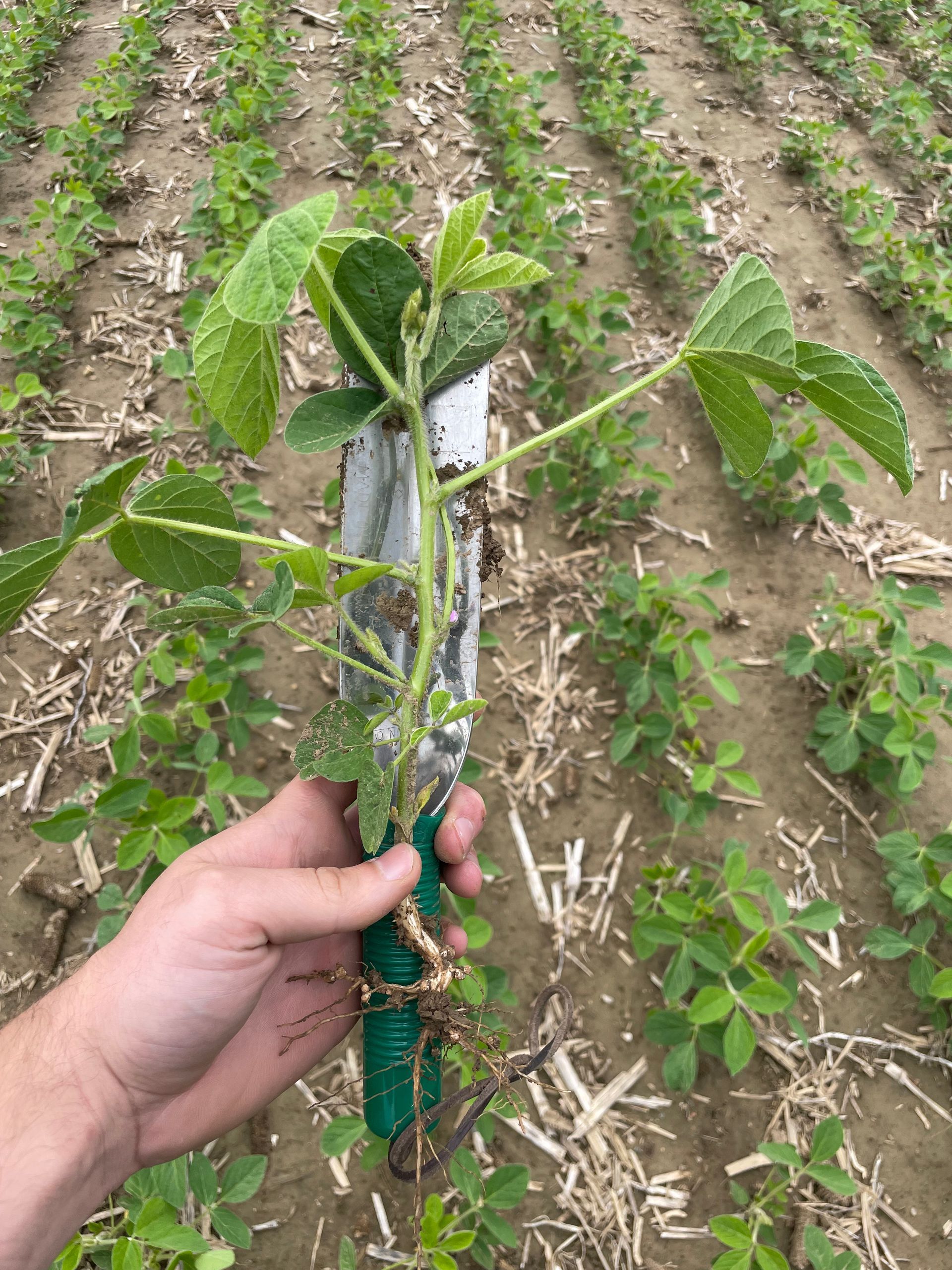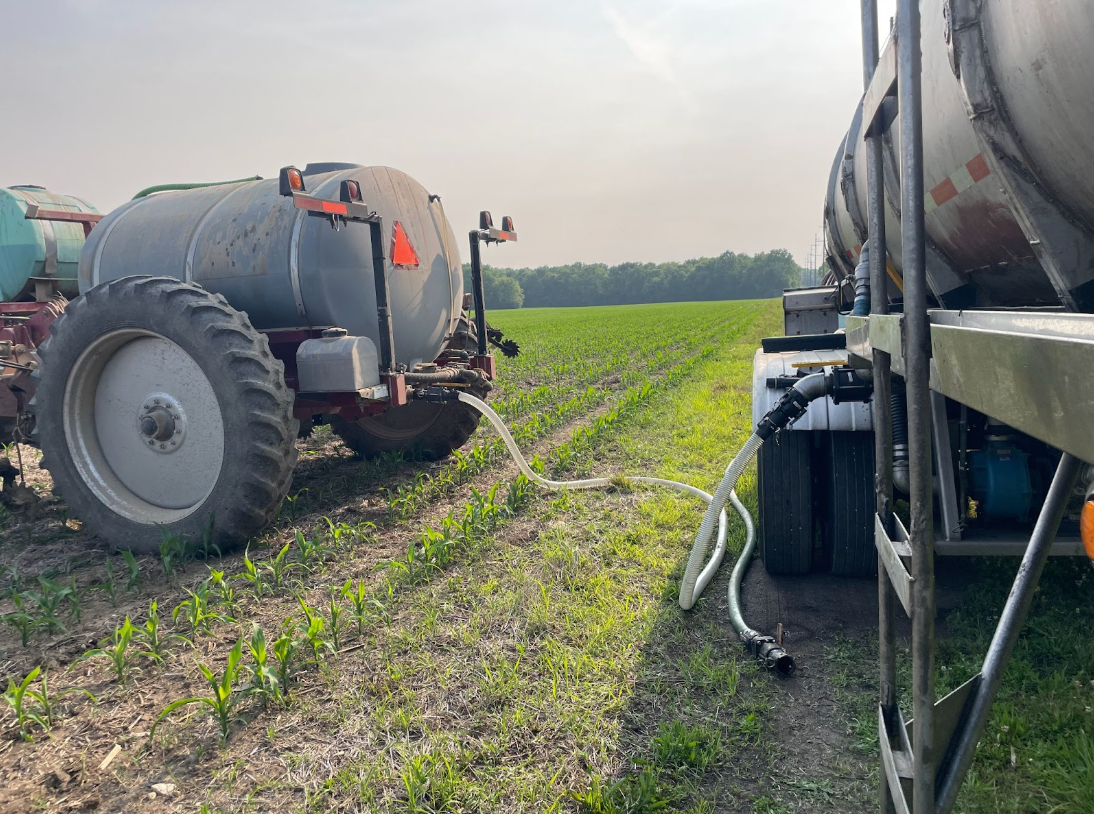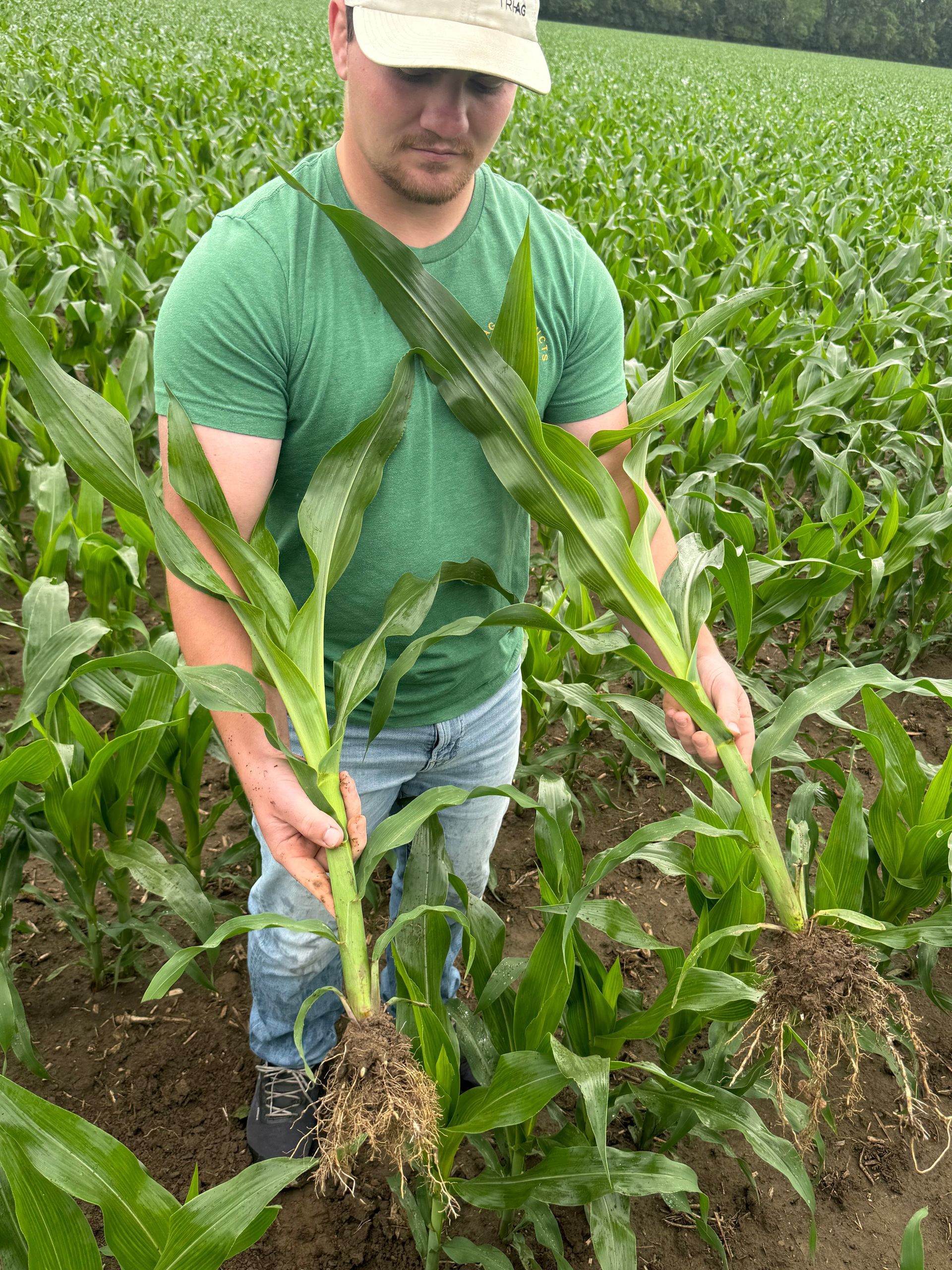At Yield Innovations, STEP 1 of TAPS is simple: make sure your soil is fueled to the critical level with dry fertilizer, then build the rest of your program on top of that foundation. Recent work from Precision Planting’s PTI Farm reinforces why smart, strategic dry applications matter.
Broadcast vs. Banding: What PTI is Seeing
In a recent InsidePTI episode, the Precision Planting Team compares broadcast applications to banded placement in corn and soybeans. Their running takeaway is that placement changes performance. Banded nutrients concentrate fertility where developing roots will find it first, improving nutrient-use efficiency compared to the same rate broadcast across the whole field. The economics depend on response and price, but the agronomy trend is clear.
PTI is in their 4th year of a 10 year study in which numbers show that banding fertilizer consistently out-returns broadcast. Check it out here:
How This Aligns With STEP 1
Our STEP 1 guidance pairs well with PTI’s findings:
- Hit Critical Levels First. Use dry P and K to achieve and maintain critical soil-test levels, so yield is not limited before the season begins.
- Prioritize Effective Placement. Where practical, consider banding or other precision placement to increase efficiency of applied nutrients, especially near the row.
- Right Rate, Proven by Data. Seasonal economics and responses vary. PTI’s multi-year work shows why local data and ongoing checks matter when you fine-tune rates.
The TAPS Approach: Build, Then Spoon-Feed
Once soils are at or above critical levels, TAPS moves to
Step 2: Spoon Feeding Nutrition with timely, highly available products that match crop demand. That lets you protect early-season investments and respond to in-season conditions with precision.
Related Articles
Related Articles
